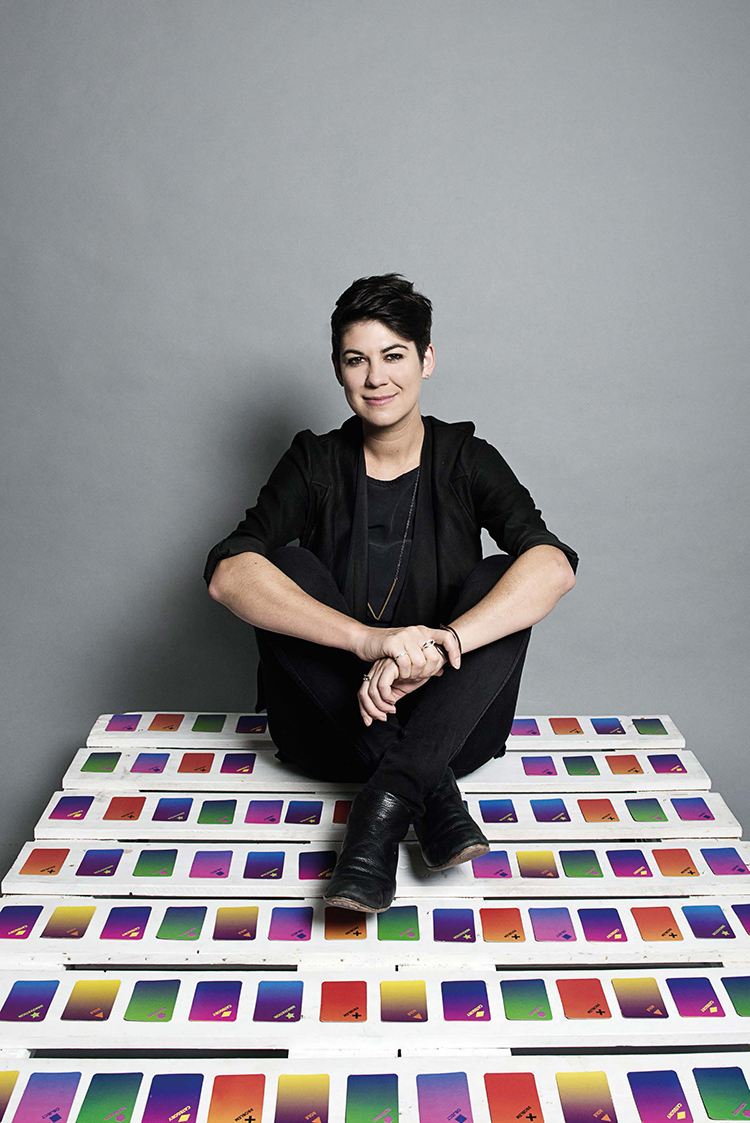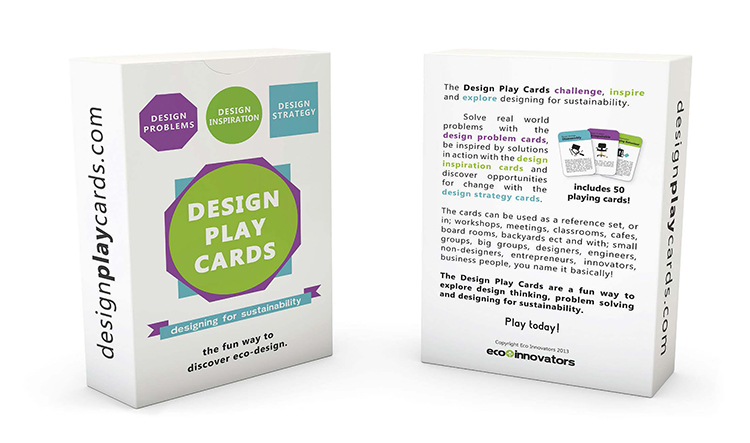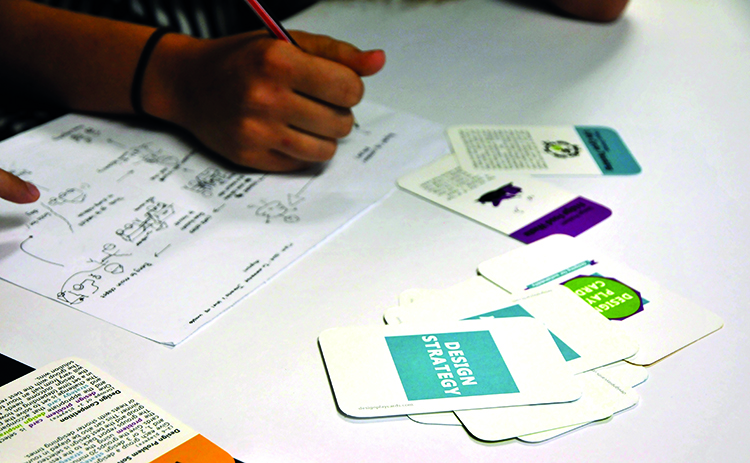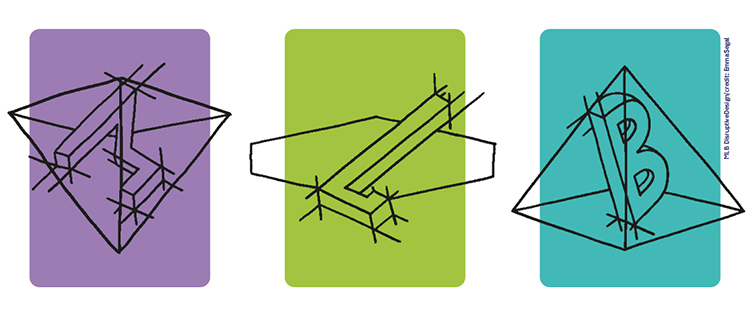
It has become increasingly normal for businesses to manufacture products that are specifically designed to lose value over time, dramatically so in some cases, with the intent to manipulate consumers into continual purchasing patterns. Aside from the ethical issues of this, one of the significant negative by-products of designing goods for disposability is that it draws heavily on the supply chain to constantly churn out new materials. This in turn puts extreme pressure on natural resources and results in many of the negative environmental and social issues we see today.
Recycling is often heralded as the solution to the externalities created by this, yet recycling validates the production of waste and incentivizes the continuation of a linear economy. The circularisation techniques we start to implement today can not be just about managing the end of life of products to be reused, remanufactured, and recycled – but instead, it must involve a systems level perspective of the creations across their entire life in order to design for systems change.

From a sustainable designer’s perspective, I continuously see designers in all factions of the industry investing their incredible creative skills in developing “problematic stuff,” designs dressed up with the bells and whistles of newness to mask that it really has no positive contribution to make. To be clear, the greatest design challenge of our time is not how to create more efficient parking apps, but how to design a future that works better for all of us. And this requires the development of a more multidimensional worldview, which takes into consideration the infinite possibility of the universe along with the finite biosophical realities of the world we inhabit.
To this end, over several years of working at the forefront of using design as a catalyst for positive change, I developed the Disruptive Design Method. The DDM is a three-part process of Mining, Landscaping and Building that adopts a systems, sustainability science, and design approach to complex problem exploring, solving, and evolving.
When we take a life cycle perspective it’s easy to see that all materials, “natural” or not, have an impact in some way. It’s not about which materials we use but what we do with them that results in the degree of planetary and social impacts. This is why designing products that fulfill our needs but also contribute to a more regenerative system need to consider the physical components along with the the cognitive, social and environmental implications.

In the DDM, the first stage of Mining is all about understanding the components that make up a system. We explore a problem arena without judgment, as in systems thinking, there is no blame in an interconnected system (and everything is interconnected!). We explore what elements and components make up a problem set whilst suspending the need to solve, which allows for the collection of insights related to the relationships between the elements that make up a system and the identification of the sub-terrain of a problem set. We then take these new collections and piece them together in the Landscaping phase to develop a more complete picture of the complexity at play in the system arena we are working in. Taking a bird’s eye view, we can then identify areas to intervene within our agency, focusing on leverage points, often small and previously unnoticed, that allow for a systems wide shift of the status quo. This naturally progresses into the ideation phase of Building, where we rapidly develop potential designed interventions that fits problem set in diverse ways, test, prototype and evolve.
This entire process is cycled through in a interactive and action-oriented way: seeking out new insights in the problem loving Mining stage, identifying areas to intervene in the systems mindset Landscaping stage, and then generating divergent approaches to evolving the contemporary stat into a new one in the Building phase.
If you were to apply this scaffolding to the product develop process, you would be using the Mining phase to explore the core functional delivery of the set brief, to define the status quo of delivering that function, to identify the things that work/don’t work and move into piecing these together to define the current operating landscape, and then to build an alternative model that makes the old obsolete based on the systems perspective.

Take, for example, the refrigerator. The functional delivery for the design has not changed much in 65 years: a box with two main parts, shelves, and a internal container for vegetables. The core functional delivery of a fridge is to keep food fresh, yet the product is not very good at actually doing this for many cell-based perishables like vegetables. This is mainly due to the poor design of the crisper drawer, which speeds up the dehydration of vegetables cells since it is not a sealed environment, resulting in soggy and limp veggies.
Using the DDM to explore the issues would enable a system-wide perspective for this problem. Then, when moving into the design phase (Building), the creative would be equipped with the agency to redesign from the functional level up, from the understanding mined in the first phase that the fridge is just as much a culture status symbol as a functional unit for storing food. Thus the delivery of food preservation can be done in a variety of diverse ways that maximise service but minimise energy use and product loss.
Taking a systems perspective of design and production accounts for the full life cycle impacts of our actions, designs for value gain, and considers the social, environmental and economic impacts not just to us humans, but to the entire biosphere.
There are many steps a creative producer can take to dramatically shift the status quo of complex problem areas. It’s not about boycotting or complaining; it’s about understanding and motivating oneself to be able to exercise more informed design decisions based on a broader and deeper sustainable view of the world. The DDM allows for a more three-dimensional design approach, where our choices are made with a worldview of intentionally generating positive change.
From here we can explore and build on what’s actually needed. The more creatives that invest their capacity in challenging the status quo (instead of enabling its dysfunctional parts), the quicker we will design a future that is regenerative, not accidently destructive.

